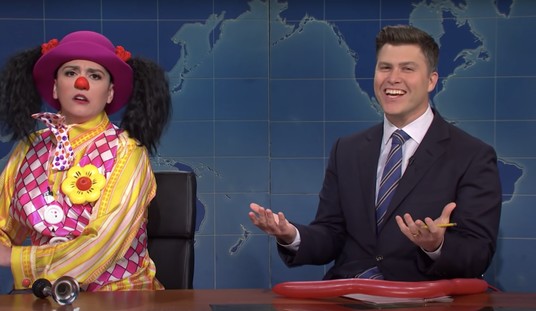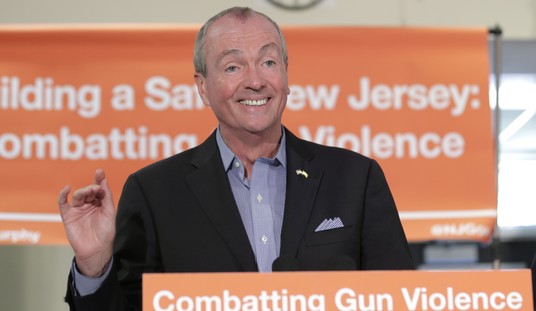An immense new study of religious faith in America finds stark geographic disparities across the country — and some dramatic sagging among those with any religious identification.
Gallup Daily tracking has finished tabulating responses from 174,969 Americans surveyed during 2016. Respondents were broken into three categories: The very religious say religion is very important to them and they attend church services every or almost every week. Nonreligious say faith is unimportant to them and rarely attend church. Moderately religious report only one of the two criteria is important to them.
The results reveal that the most religious Americans are concentrated in, but not confined to the South especially the Southeast. Nonreligious are heavily concentrated in — you guessed it — the Northeast and also Northwest where, apparently R is the new scarlet letter. None of them even has half the percentage of very religious respondents as the top-ranking.
Mississippi remains the most faith-filled state with 59% categorized as very religious. Alabama (56%) is second followed by Utah (54%), South Dakota (53%), South Carolina and Arkansas (52%) and Louisiana and Tennessee (50%).
Bernie Sanders’ adopted Vermont leads the pack of heathen with only 21% considered very religious. Maine is next (23%) followed by Massachusetts (25%) and Rhode Island and — oops! — Alaska and Nevada at 27%. Connecticut and Hawaii tie at 28% while New Hampshire and Washington come in at 29%.
The new Gallup report includes a religious map of all states.
The findings also indicate that states with large Mormon and Protestant populations tend to be more religious than others and their habits there tend to be self-perpetuating, likely through family tradition and possibly peer pressure.
The general rank order of religious and nonreligious states has changed little since Gallup began asking this religion question in 2008.
Clearly, religion remains important to a large majority of Americans, “one nation, under God.” However, the national numbers have changed drastically. In the early post-World War II years, only 2% to 3% of Americans said they had no formal religious identity. Today, fully 21% do.
The increases in no-religious identity began in the 1970’s, moved past the 10% level in 1990 and inched through the teens in the new millennium up to today’s 21% level. Last year Gallup found 49% of Americans called themselves Christian or other Protestant, 23% Roman Catholic, 2.1% Jewish, 1.8% Mormon and 0.8% Muslim.









Join the conversation as a VIP Member